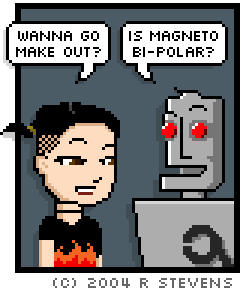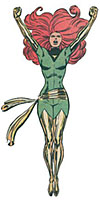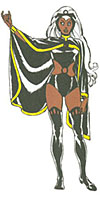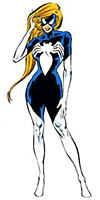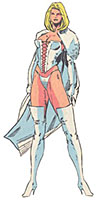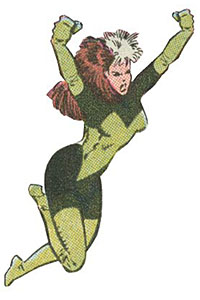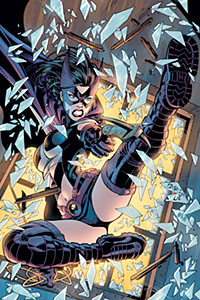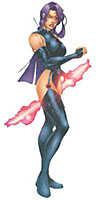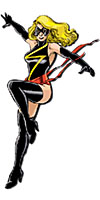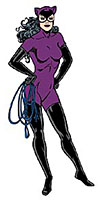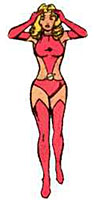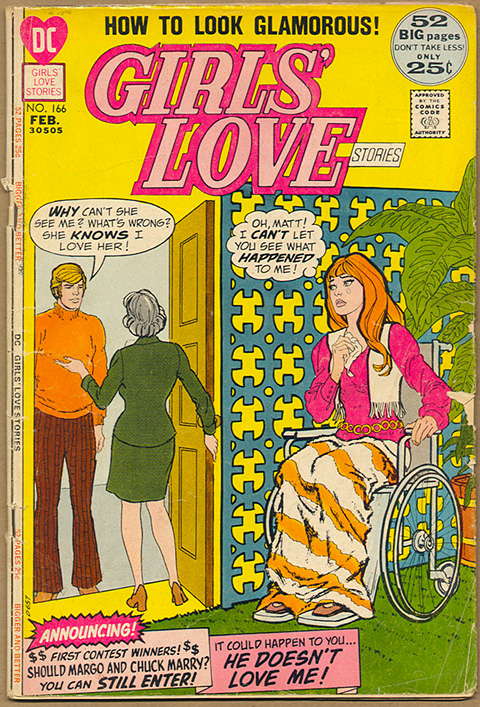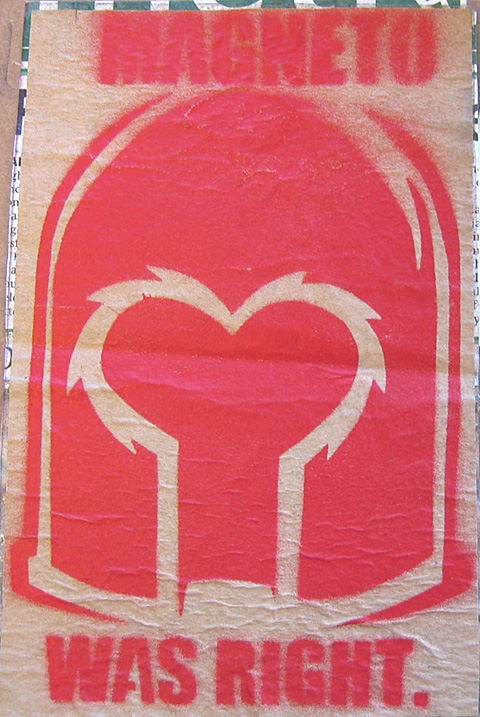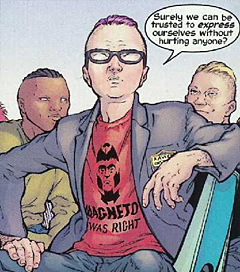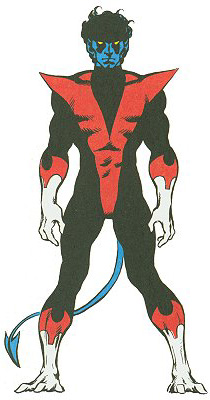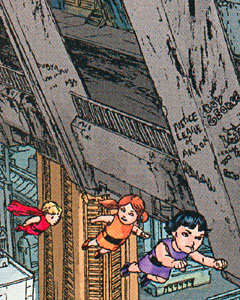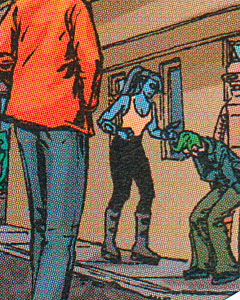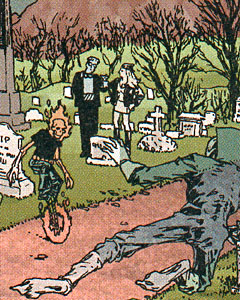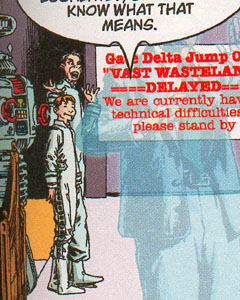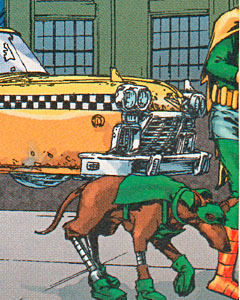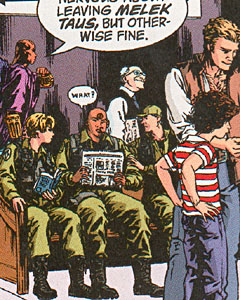While we’re on the subject of Iron Man (who I never really loved that much before, either, until Warren Ellis started to make him interesting and Adi Granov made Tony Stark look pretty hot), I stumbled across this post from Blackbeltjones, who caught Ellis’ riff on O’Reilly’s Emerging Technology conference in the first issue of the new Iron Man. Mr. Jones uses this as a launching point to talk about his own disappointment about the lack of truly new ideas at the conference — Stark’s gripe in the comic itself — but this idea is the one that grabbed me the most when I read this issue.
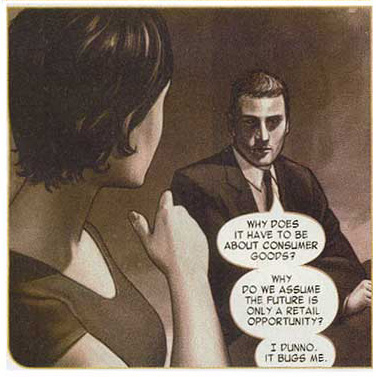
It seems, though, that it’s going to tell the story of Stark’s conflict about helping the military. I really would love to see a story somewhere that gets into what would happen if Stark or Reed Richards started tossing off inventions that led to great heaping mounds of fun, useless consumer crap. It’s been a longtime staple of the Fantastic Four for Reed to periodically rebuild the Four’s fortune with a slew of patents on ideas he’s had lying around, but we rarely see what they’re for. Clearly the Marvel universe’s Prada isn’t making clothes out of unstable molecules, so where do all these patents go, and what do they change about everyday life? How would Richards’ or Stark’s altruism handle a world full of people knocking over convenience stores to buy futuristic cellphones or sneakers based on their ideas? The military, after all, isn’t the only place where good ideas can go horribly, horribly wrong when you look at the big picture.

